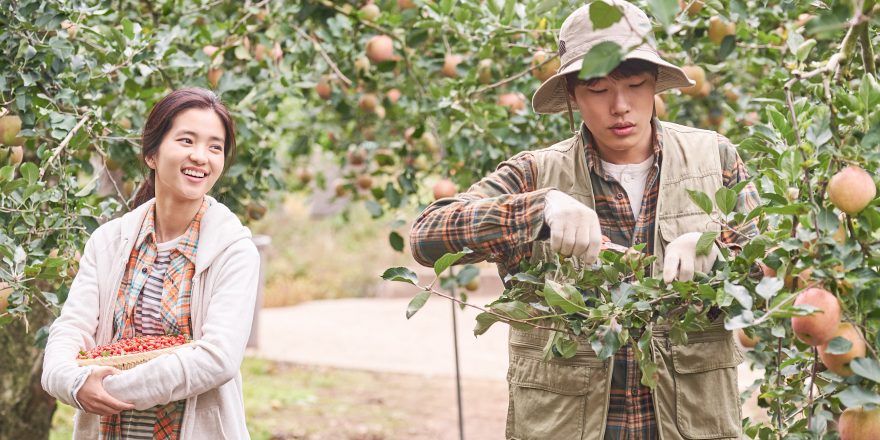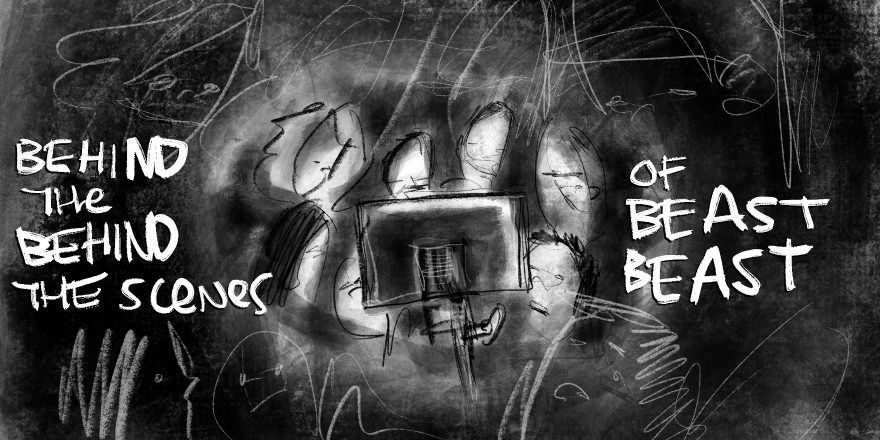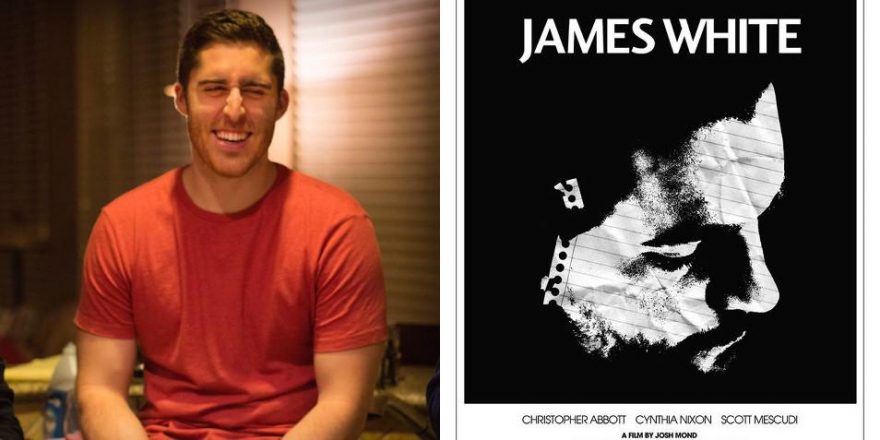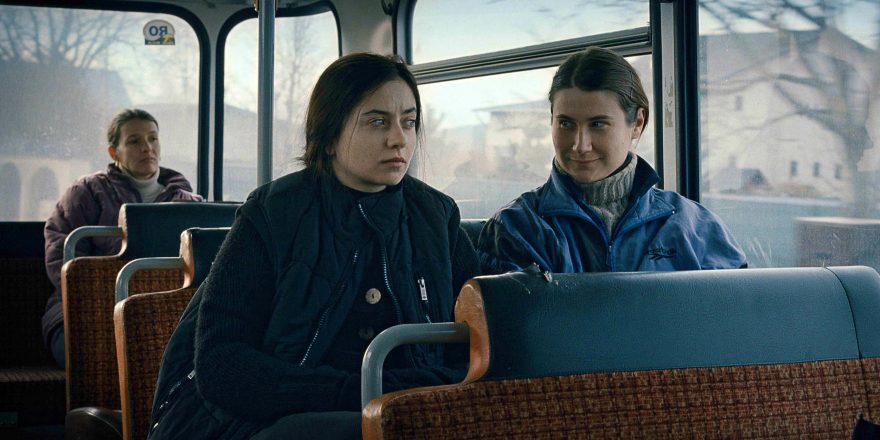I’m not a great writer. I’m a terrible psychologist and an even worse film critic. I’m a filmmaker, and I write films that tend to be “genre-fluid,” that have many reviewers saying things like, “It doesn’t always mesh,” or “It bites off more than it can chew.” But I love movies, particularly these genre-fluid films like Parasite that seamlessly blend comedy and horror into dramatic and poignant narratives. I think that that kind of storytelling (when done by a master like Bong Joon-ho) can surprisingly and gratefully activate lobes of audiences’ brains that are usually unactivated while watching a cisgenre film. I always say, “If you don’t make jokes throughout your films, your audiences will.” I think people desire this kind of filmmaking because in an age of brain sugar and status-quo filmmaking, it finally feels like we have been given a full meal. Psychologists call it the “bed of nails” theory, that a joke in a drama can make an audience laugh harder because it is unexpected.
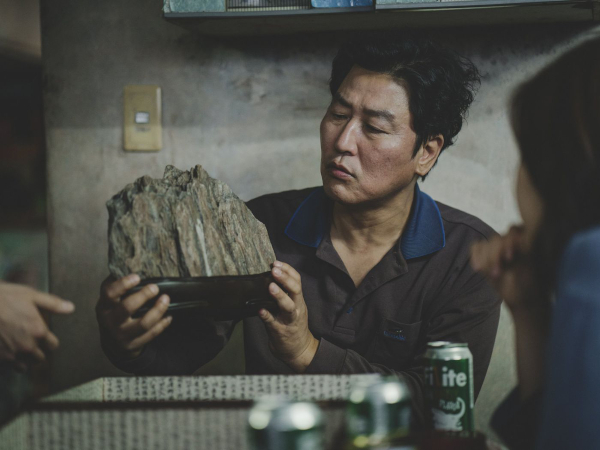
Today, I’d like to share my theories and thoughts about the brain, movies, and people, and genres, and tastebuds and how screenwriting courses should incorporate longform YouTube videos as well as teaching Casablanca.
Genre
iTunes lists 12 movie genres, which is a larger list than many platforms provide: action and adventure, comedy, documentary, drama, family, fantasy, foreign, horror, musical, romance, science fiction and thriller.
There are endless derivatives of each of these genres (dramedy, horror-romance, etc.), but what this excludes is some of what I’ve learned over the past 15 years of making films: There are big laughs even in Schindler’s List; great drama doesn’t mean wholly serious and austere; great comedy doesn’t mean consistent, flippant caricatures; and we may all be wrong about what audiences desire from movies on a neurological level.
I believe that these genres are not separated by their styles or mise en scène, but rather that each genre is separated based on unique human emotions or feelings at the level of the brain. Although I haven’t been able to find fMRI studies delineating the experiences of moviegoers throughout genres, I believe that an action film probably releases endorphins or hormones similar to a physical workout, a romance might release oxytocin (a chemical released when you receive a hug), a fantasy film could raise serotonin levels in the same way that meditating or seeing the Grand Canyon could, a detective story or documentary could activate the parietal lobe areas in the same ways that solving a crossword does (that we may watch these films to feel smarter).
Instead of seeing these genres as a certain style of movie, I look at each of them as keys, or prescriptions to activate specific groups of emotions or feelings in the brain.
There are flavors of films, and there are not just combinations of these 12 genres.
Umami
“Umami” is a meaty, savory taste that humans have experienced forever, but it was only given a name in 1908. In Japanese, the word literally means “essence of deliciousness.”
Beforehand, we’d classified four tastes: salty, sweet, bitter, and sour, each activating different regions of the human tongue. How did we describe the taste of soy sauce, or sun-dried tomatoes, or anchovies before umami? We would have said, “They’re just amazing,” or “They have a rich flavor.”
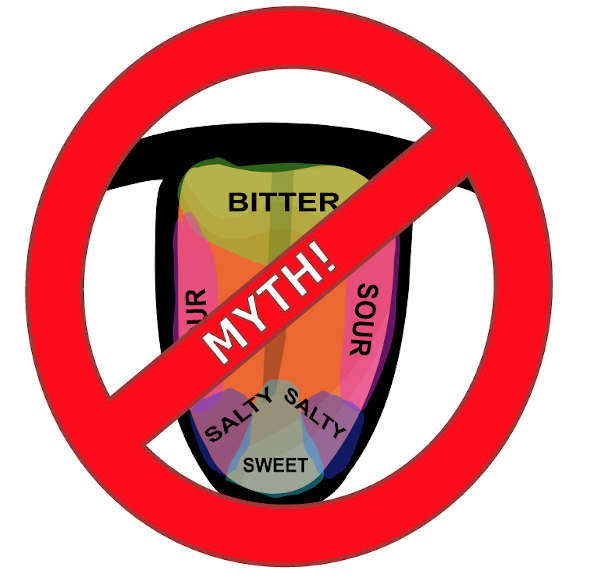
I’d argue that there are as many genres in film as can be activated in the brain by video, and that there are yet unmastered genres ready for chefs to seize and make their own.
The calm and satisfaction that I feel in my mind and body when watching an hour-plus Youtube video on bushcraft skills – a channel made by a Scandinavian man, usually without dialogue, showcasing a camping trip, cooking, and living off of the land – doesn’t fit into a genre for me. The video is not a feature film, but it is still 90 minutes long and captures me (and likely his million subscribers) with the feeling of thriving and being cozy despite Mother Nature. It acts on the brain the same way as playing jazz when it’s raining outside.
So forgive me, but this is how I would like to discuss Little Forest.
What genre does a film fall into that highlights calming music and the appreciation of small elements of human life? Watching cooking, cleaning and growing plants can give audiences such satisfaction that I began this essay by calling it “life pornography”: the fetishizing of simple, universally human pleasures. Instead, for Christ’s sake, we’ll call it “comfort film.”
This type of filmmaking can be hypnotizing and calming for audiences across the globe and Little Forest is a high watermark for the genre. It is umami-like, and its director, Yim Soon-rye, is a master of it.
Little Forest is like a live-action Ghibli film in that it generates awe over the simplicities of life, and nobody in the Western film world seems to have fucking heard of it.
Little Forest, based on the Japanese manga of the same name, is a Korean film from 2018 about a young woman, Hye-won (Kim Tae-ri) who fails out of school and returns home to the country, only to discover that her mother has just abandoned her farm and run away from the family, leaving Hye-won to pick up the pieces and learn to run the farm by herself.
Her year on the farm brings her closer to the earth in a way that her city lifestyle could not. She, and the audience, learns to grow plants, fall in love, make booze, cook traditional Korean cuisine, and be patient when drying candied persimmons through the winter.
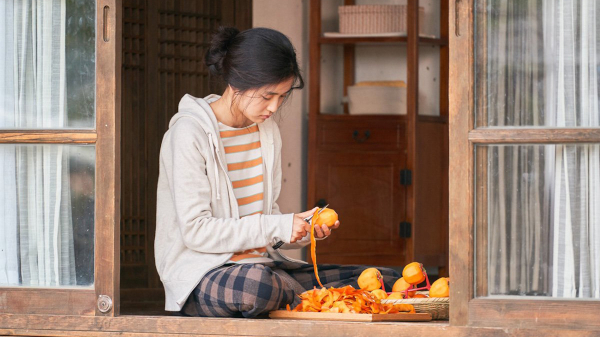
The mouth-watering food pornography in this film rivals the best YouTube channels or Chef’s Table episode and is seamlessly sewed into montages about life on the farm, growing up with an overbearing mother, striking out on your own, and not needing the headaches of modern life. The cinematography is sleek, purposeful and well-crafted. Having shot the film from January to October, the filmmakers had many months to plan these sequences forensically around the weather, the seasons and the actors, and we are the grateful recipients.
Yim Soon-rye is one of Korea’s leading directors. At age 60, she has been directing films for almost 30 years and her craftsmanship of cinema rivals (in my opinion) our more celebrated masters of sequence storytelling, such as Martin Scorsese and David Fincher. Her film Waikiki Brothers was a cult success when it hit theaters in 2001, and many of her later films have become landmarks of popular Korean social cinema.
Little Forest cost $1.4 million, but it grossed $11 million at the Korean box office alone. There is a huge audience for this genre, and even if American Twitter and audiences will say, “It put me to sleep,” it is significant to me as a filmmaker to realize that genres are no more than flavors and that this type of filmmaking can tap human brains and win their attentions in the same way that any other genre filmmaking does.
Every country and every culture deserves their own Little Forest.



